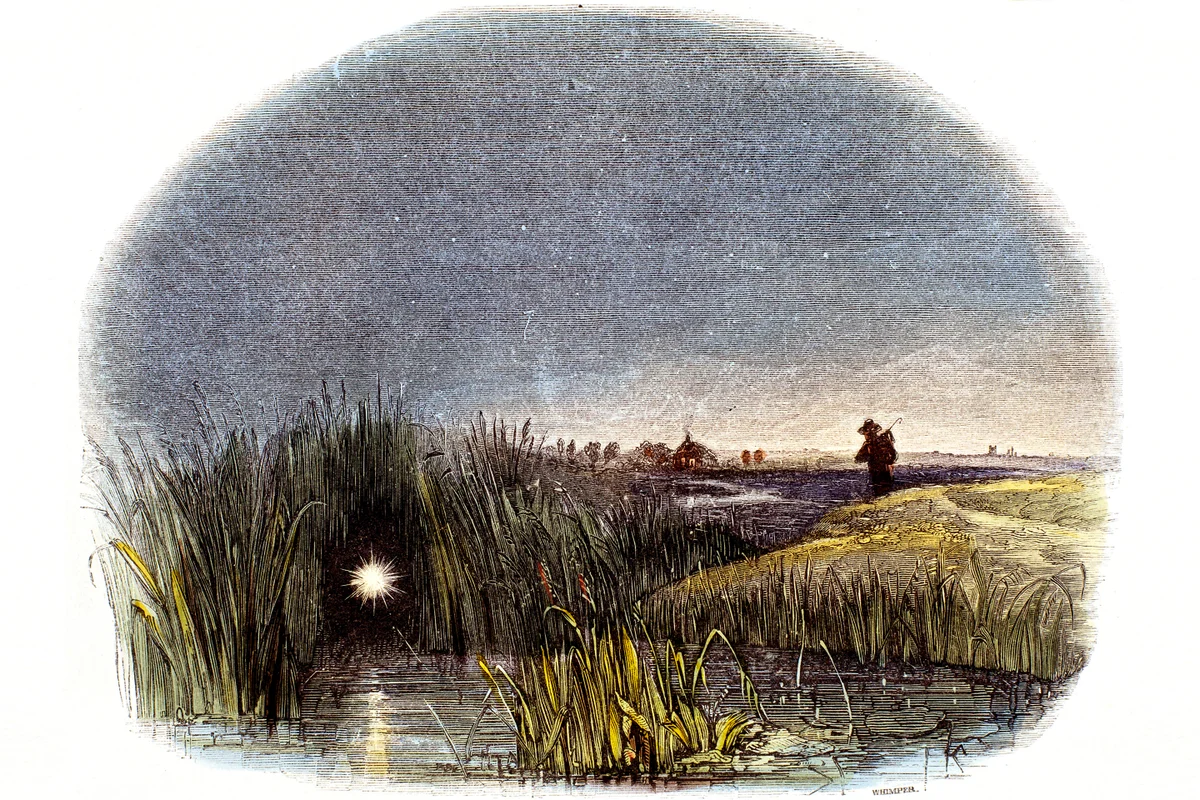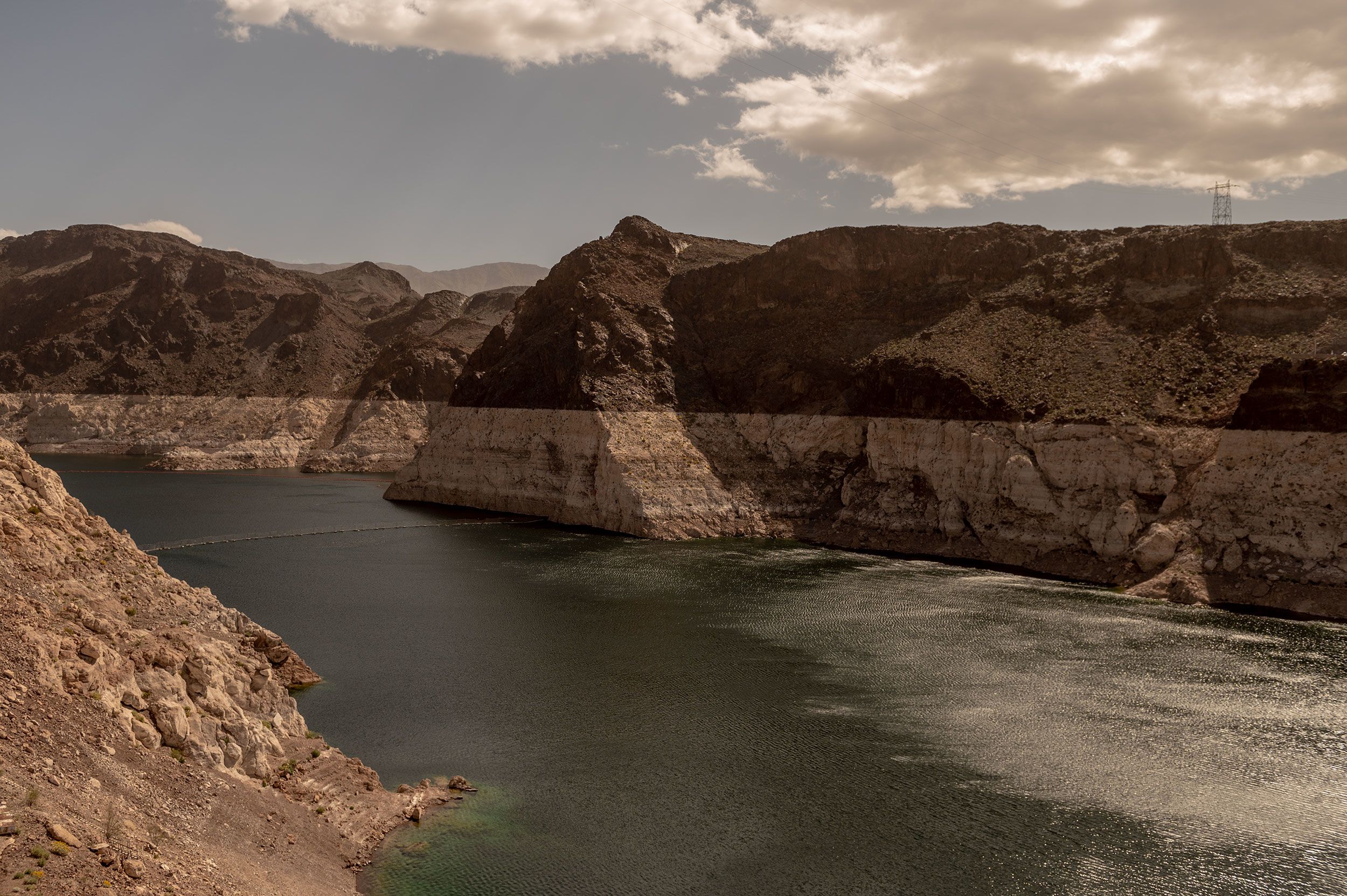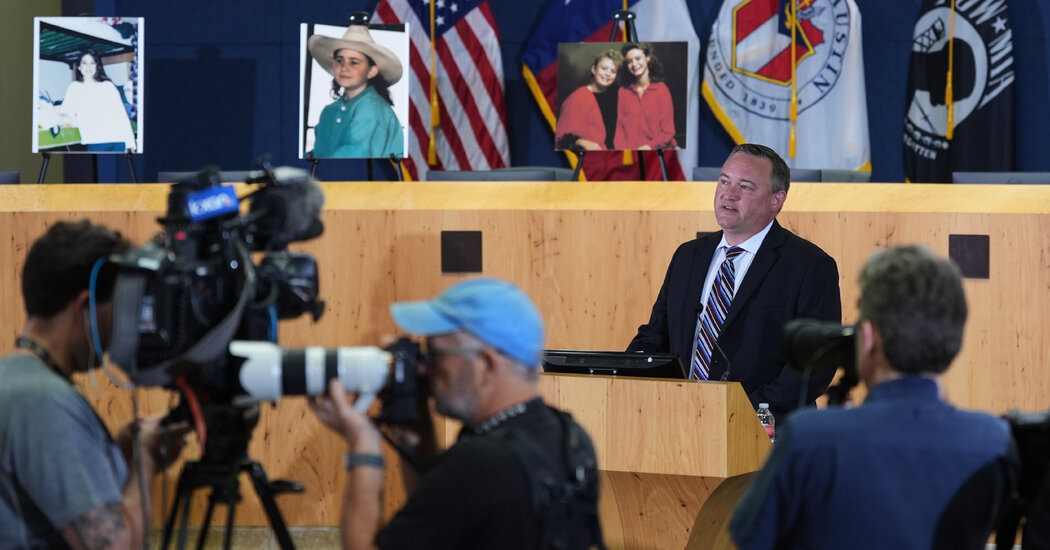
Some call them will-o’-the-wisps; others call them ignis fatuus, Latin for “foolish fire.” Whatever the name, for centuries people have reported seeing these eerie, faint blue flames hovering over marshes, bogs and other wetlands. Various cultures interpreted the ephemeral aberrations as fairies, ghosts or spirits. Scientists have offered a different explanation: they form when methane and other gases from decaying material react with oxygen and briefly ignite, producing a flamelike glow.
For scientists, though, one big mystery still remained. Although will-o’-the-wisps are not actual flames and occur at ambient temperatures, they still have to ignite somehow. The source of that ignition has been unknown.
Now a new paper published in Proceedings of the National Academy of Sciences USA seems to provide an answer: microlightning, or tiny, spontaneous sparks of electricity that occur because of differences in charges on water droplets’ surfaces. These droplets form when water bubbles containing methane rise and burst at the surface of the marsh, and the resulting sparks ignite the methane to create will-o’-the-wisps’ telltale luminescence.
On supporting science journalism
If you’re enjoying this article, consider supporting our award-winning journalism by subscribing. By purchasing a subscription you are helping to ensure the future of impactful stories about the discoveries and ideas shaping our world today.
“Your first reaction when you hear about this finding might be ‘Okay, will-o’-the-wisps are these ghostly, spooky things, but so what?’” says Richard Zare, a physical chemist at Stanford University and senior author of the findings. “In fact, the phenomenon we found—related to how chemistry can be driven at interfaces—is profound.”
Water is neutral, which means it doesn’t typically carry electric charge. But as early as 1892, scientists have noted that tiny droplets of water in the air can be positively or negatively charged in situations such as waterfall spray or fog. What Zare and his colleagues recently discovered, however, was that when two oppositely charged droplets get close to each other, electricity can suddenly rush between them, creating microlightning.
Zare and his colleagues first described and coined the term for microlightning in a March study published in Science Advances. In that study, they showed that when water sprays, some of the resulting micro droplets pick up opposite electric charges that can spark flashes of energy when they get close to one another. This spark can drive chemical reactions in the surrounding air that result in simple organic molecules. Zare and his colleagues hypothesized that this process might have generated some of the chemical building blocks for life on Earth.
Although the new study has less lofty implications, Zare says the mechanism is basically the same. His team’s experimental setup was simple: in a beaker of water, the researchers introduced bubbles composed of methane and air. They captured high-speed videos of the bubbles hitting the surface of the water, forming micro droplets and producing tiny, faint flashes of light. The team also used mass spectrometry to provide additional evidence that the microlightning the researchers observed generated the energy to drive a reaction between methane and oxygen, converting them into different compounds.
The “well-executed” new research “strongly suggests” that microlightning is indeed the natural ignition mechanism responsible for will-o’-the-wisps, says Wei Min, a chemist at Columbia University, who was not involved in the work.
But some mysteries do endure, Min adds. One big unanswered question, for example, is how, exactly, the strong electric fields form on the droplets’ surface in the first place. The answer, he says, will have “broad implications to physics, chemistry, biology and engineering.”



